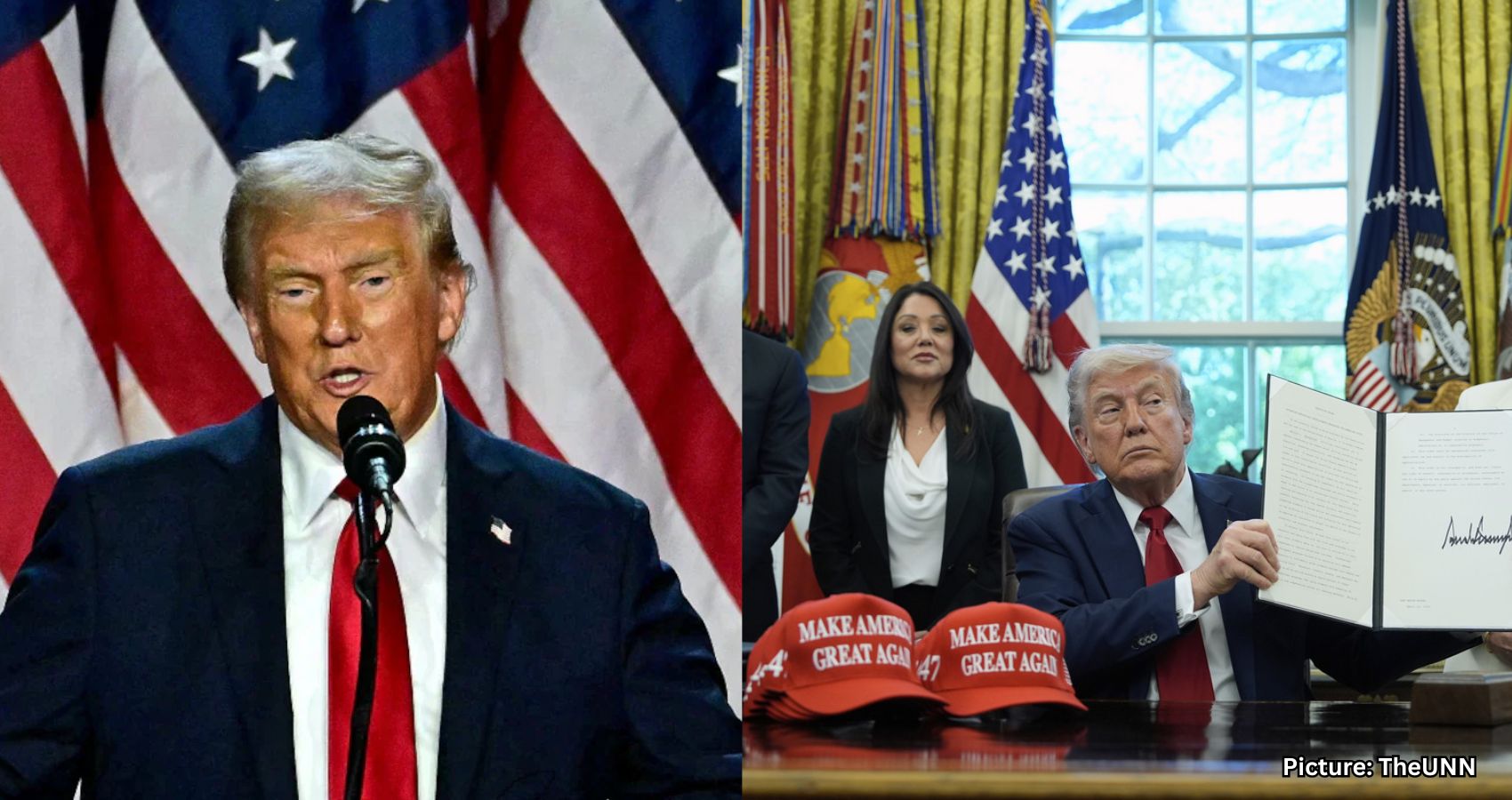President Trump’s proposed cap on international students could significantly alter U.S. higher education, affecting university finances and America’s reputation as a global education leader.
President Donald Trump has proposed a cap on international students in U.S. universities, limiting their enrollment to 15% of an institution’s undergraduate population, with no more than 5% from any single country. This initiative, framed as a national security measure, aims to ensure that foreign students bring exceptional talent to the American economy while addressing concerns about the potential dilution of opportunities for American students.
The proposal raises alarms about the possibility of universities becoming saturated with students whose values may be perceived as “hostile to the United States,” which could pose national security risks. Current statistics indicate that most U.S. universities are below the proposed 15% cap for foreign undergraduates. For instance, institutions like the University of Arizona and the University of Texas report international student shares of approximately 4-5%, while Brown University stands at 13.5%. Only a few universities, such as Dartmouth College, slightly exceed the proposed limit, with a 15.5% international student population.
The 5% cap on single-country representation could significantly impact universities with large concentrations of international students. The University of Southern California (USC), for example, has historically enrolled a substantial number of Chinese undergraduates, with around 1,051 students, slightly above the proposed limit. Similarly, Vanderbilt University faces challenges with 377 Chinese undergraduates, exceeding the 5% cap of 361 students.
Experts warn that implementing such strict caps could hinder access to international talent and adversely affect universities that rely on foreign tuition to sustain their operations. Critics argue that this policy could undermine America’s status as a global education hub and create administrative burdens for institutions tasked with enforcing these limits.
This proposal comes at a time when U.S. universities are already experiencing a decline in foreign student enrollment, a trend influenced by visa restrictions, increased global competition, and shifting student preferences. DePaul University recently informed its faculty of immediate spending cuts following a 30% drop in international student enrollment this fall. This decision reflects a broader trend among U.S. colleges as they adapt to the repercussions of previous education and immigration policies enacted during the Trump administration.
While the exact scale of the budget cuts at DePaul has not been finalized, potential measures could include a hiring freeze, reductions in executive salaries, and limitations on discretionary spending, according to a memo from university president Robert Manuel shared with faculty. DePaul is not alone; at least 35 other U.S. colleges have announced budget reductions in response to policies from the Trump administration. Notably, Johns Hopkins University eliminated over 2,000 positions in March following an $800 million reduction in federal research grants, while Northwestern University cut 425 jobs. The University of Southern California also laid off more than 630 employees, citing declining federal funding and anticipated drops in international student enrollment among other financial challenges.
As universities finalize their fall enrollment figures, a comprehensive national picture is still pending. Preliminary data from the Department of Homeland Security’s Student and Exchange Visitor Program (SEVP) indicates a 2.4% decline in international students this month compared to last September, dropping from 965,437 to 942,131. However, these numbers are subject to change as many institutions have yet to report their updated totals and student movement continues throughout the semester.
Last year, an estimated 1.2 million international students were enrolled in U.S. institutions, according to NAFSA: Association of International Educators. The organization projected in July that this figure could decrease by as much as 15% this year, potentially resulting in an economic loss of nearly $7 billion for the country.
This proposed cap on international students could have far-reaching implications for U.S. higher education, impacting not only university finances but also the nation’s ability to attract global talent and maintain its status as a premier education destination.
Source: Original article

